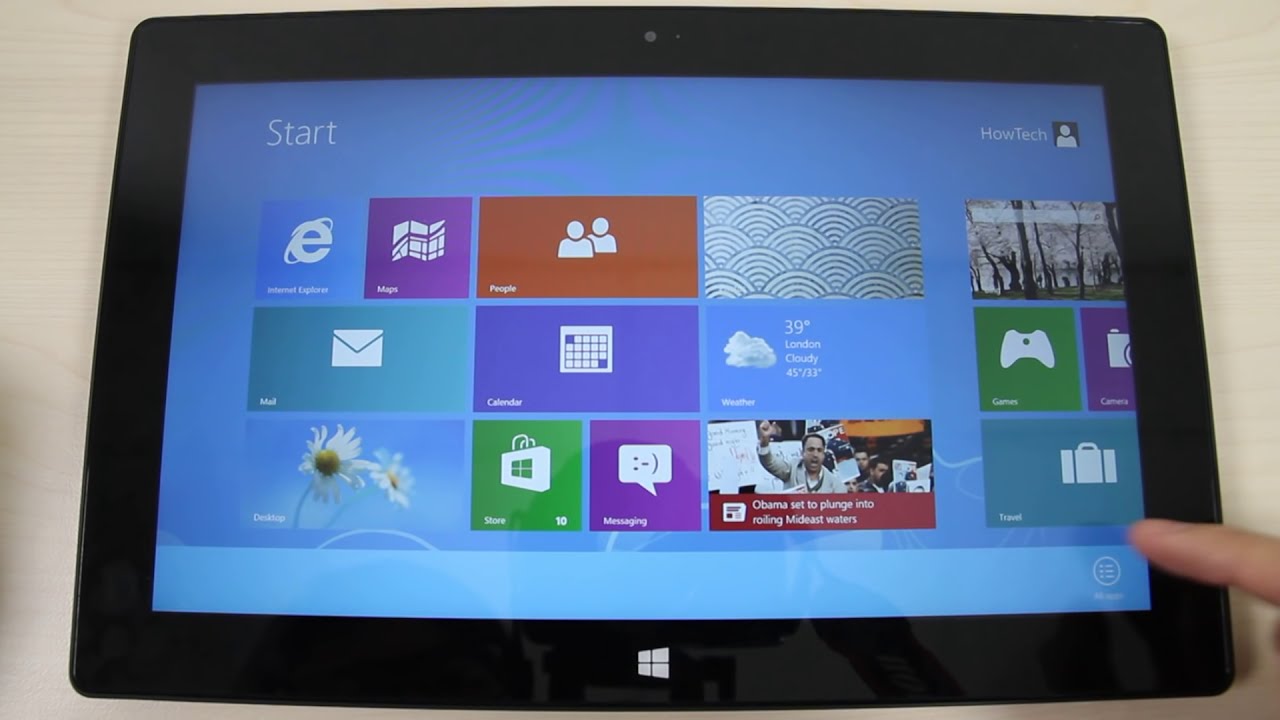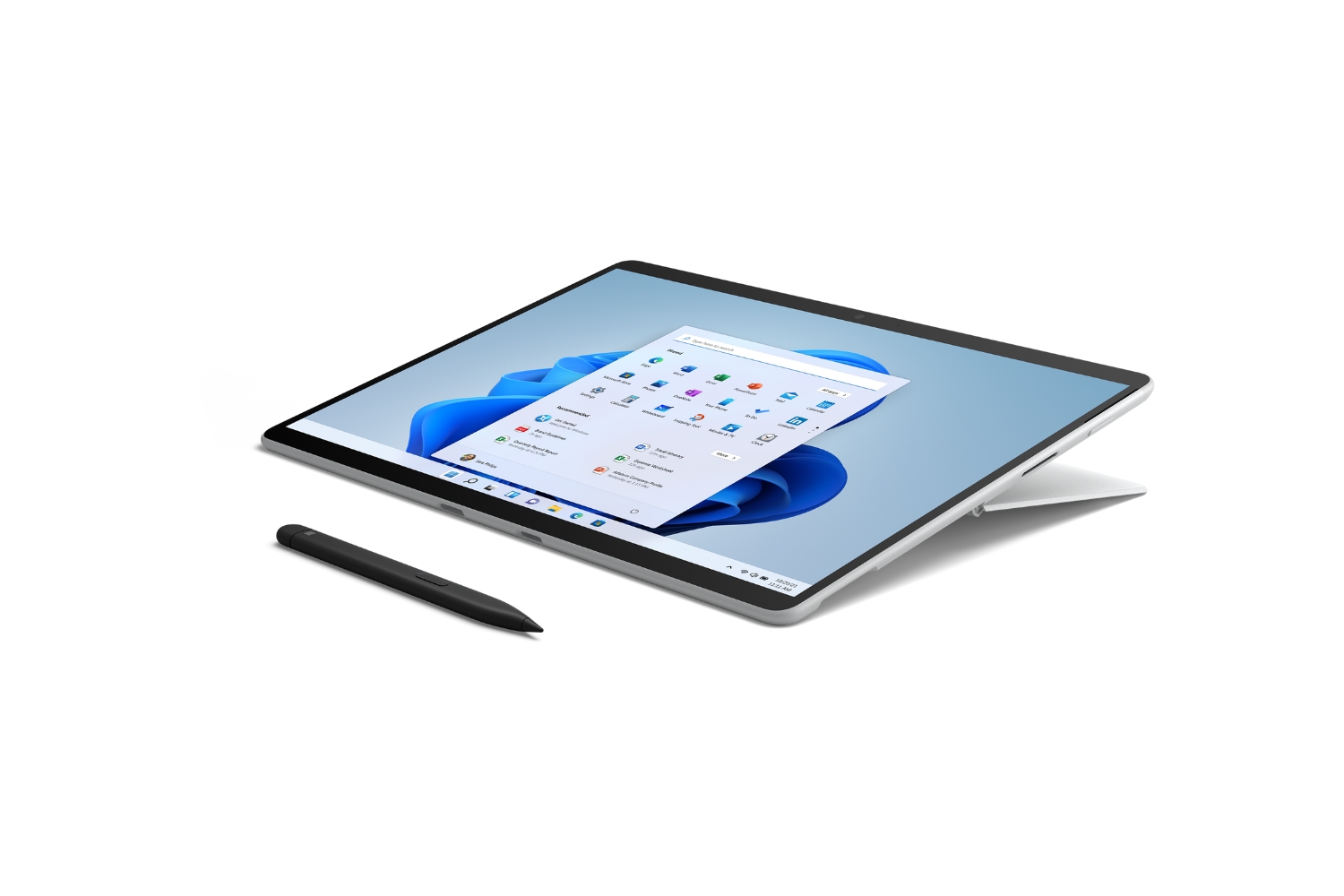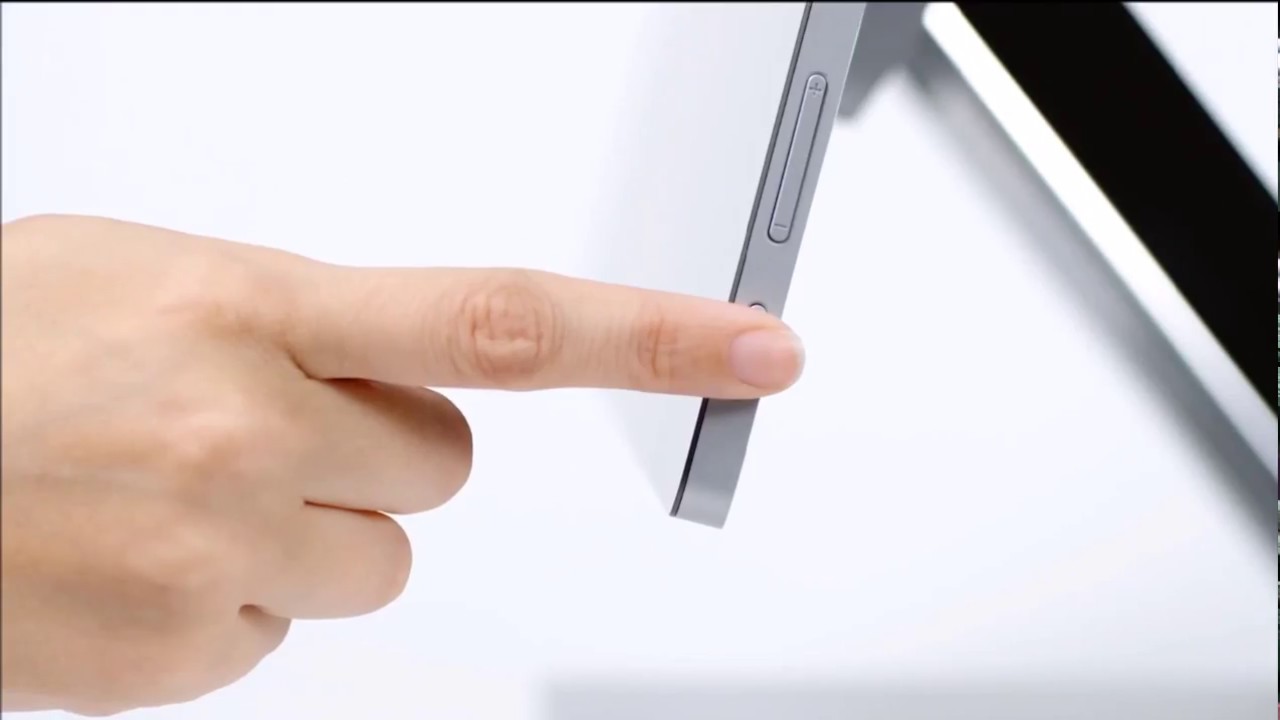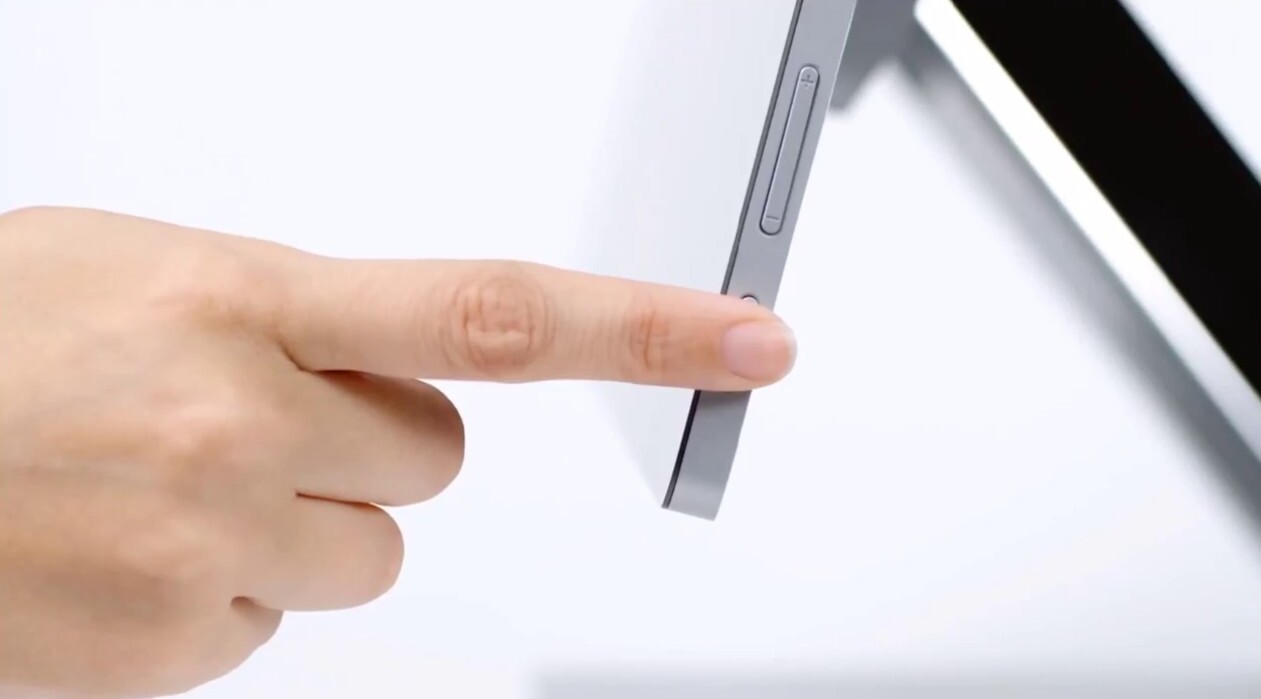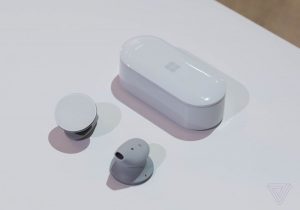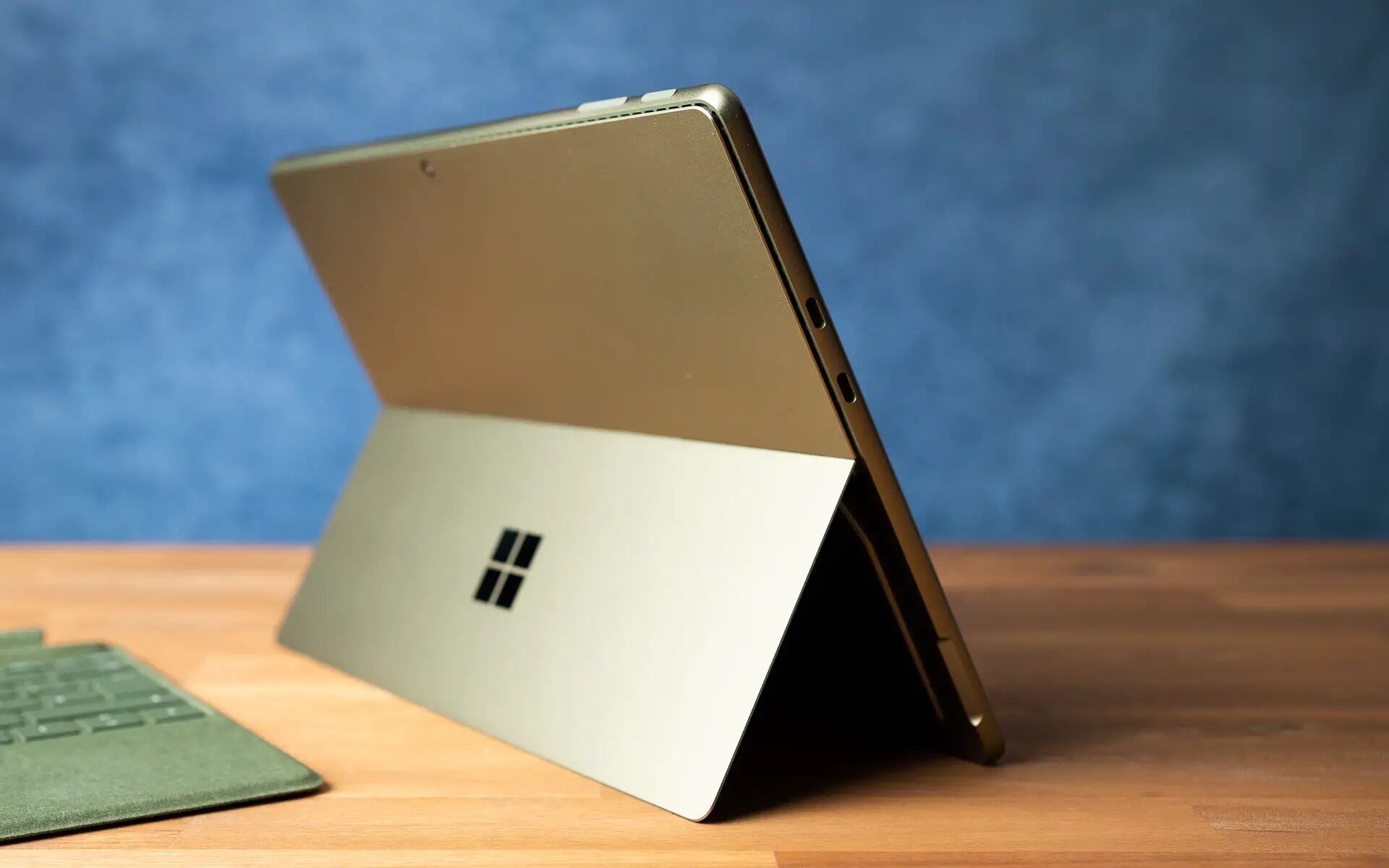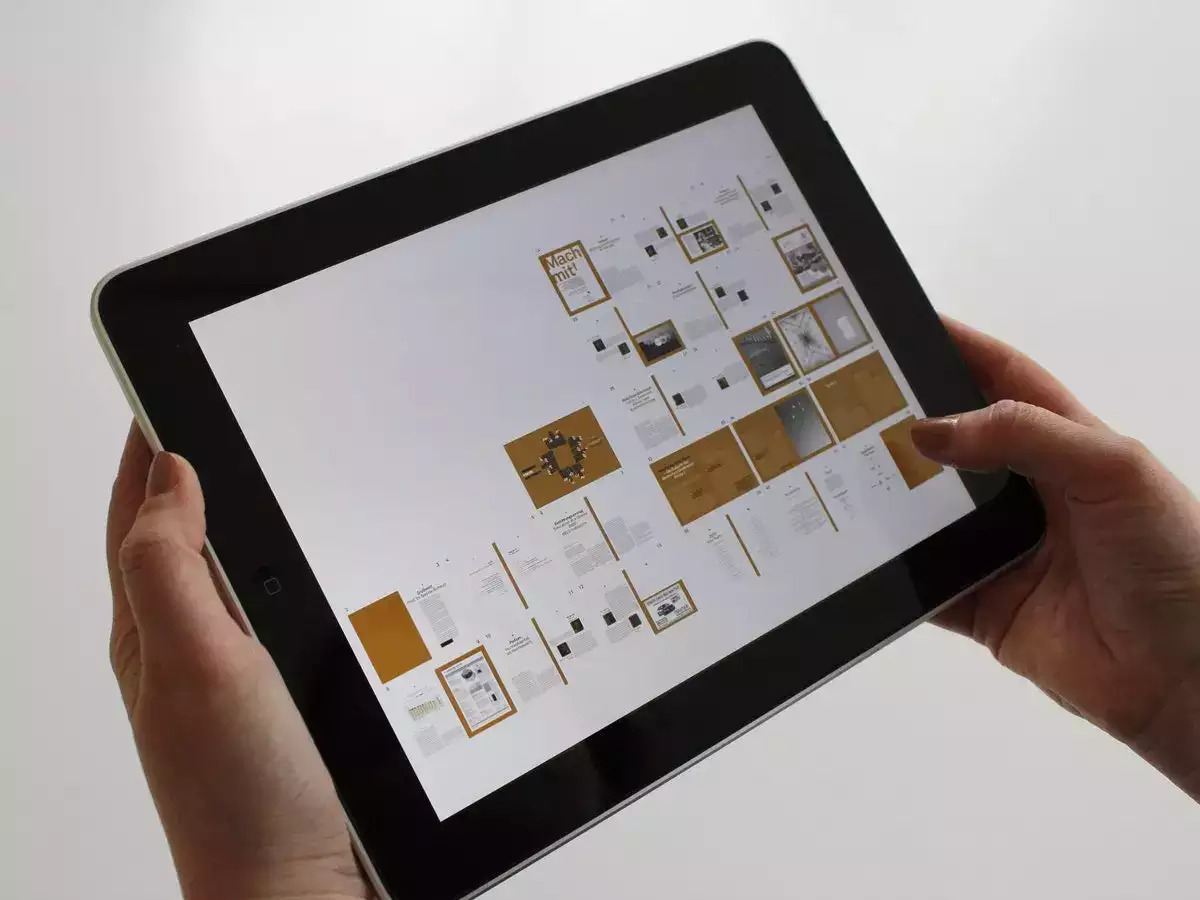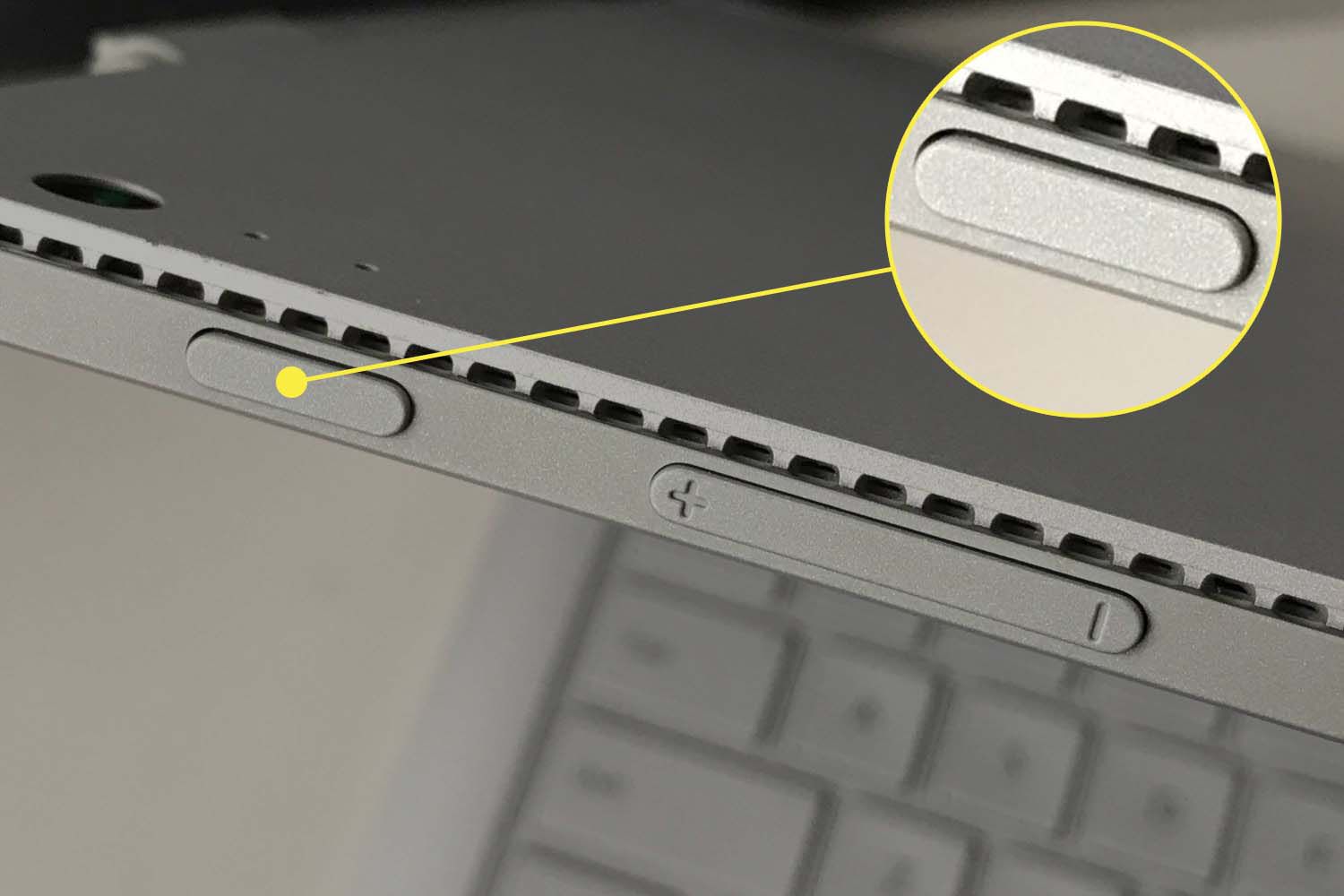Introduction
Welcome to our guide on how to download apps on Microsoft Surface! Microsoft Surface is a versatile device that allows you to perform a wide range of tasks, from productivity work to entertainment. One of the key features of any device is the ability to download and install apps, and the Microsoft Surface is no exception. Whether you want to enhance your productivity with office tools, explore new games, or customize your device with useful utilities, the process of downloading and installing apps on your Surface is simple and straightforward.
In this guide, we will walk you through the different app stores available for Microsoft Surface and show you how to download apps using the Microsoft Store app. Additionally, we will provide information on downloading apps from other sources and guide you on the process of installing, managing, updating, and uninstalling apps on your Surface.
Whether you’re a first-time user of the Microsoft Surface or someone looking to expand your app collection, this guide will equip you with the knowledge to make the most of your device’s app ecosystem. So let’s dive in and explore the world of app downloads on Microsoft Surface!
Available App Stores for Microsoft Surface
When it comes to downloading apps for your Microsoft Surface, you have a few options for app stores. Let’s take a closer look at the available app stores and what they have to offer:
1. Microsoft Store: The Microsoft Store is the official app store for Windows devices, including the Microsoft Surface. It offers a wide range of apps across different categories, including productivity, entertainment, games, and more. The Microsoft Store provides a curated collection of apps that are specifically optimized for the Windows platform, ensuring a seamless and user-friendly experience.
2. Amazon Appstore: The Amazon Appstore is another popular app store for Android devices, including the Microsoft Surface. While the Microsoft Store is the primary source for Windows-centric apps, the Amazon Appstore offers a selection of Android apps that can be installed on your Surface. This allows you to access a broader range of apps, including popular ones that may not be available on the Microsoft Store.
3. Third-Party App Stores: In addition to the official app stores, there are also a variety of third-party app stores available for the Microsoft Surface. These app stores may offer different types of apps and provide alternative options for app discovery and installation. However, it’s important to note that downloading apps from third-party app stores can pose potential risks, as they may not have the same level of security and verification as the official app stores. Exercise caution and only download apps from trusted sources.
With these different app store options, you have the flexibility to explore and discover apps that cater to your specific needs and interests. Whether you prefer the official Microsoft Store, access to Android apps through the Amazon Appstore, or exploring third-party options, there’s an app store for every user.
In the next sections, we will focus on using the Microsoft Store app, as it is the primary app store for Microsoft Surface devices. So let’s dive into the process of downloading apps using the Microsoft Store!
Using the Microsoft Store App
The Microsoft Store app is the primary app store for Microsoft Surface devices, and it provides a seamless and user-friendly experience for downloading and installing apps. Here’s a step-by-step guide on how to use the Microsoft Store app to download apps onto your Microsoft Surface:
1. Launch the Microsoft Store App: To get started, locate and open the Microsoft Store app on your Surface device. You can easily find it in your app list or by using the search function.
2. Browse or Search for Apps: Once you’re in the Microsoft Store app, you can explore different categories or use the search bar to find specific apps. You can browse through apps based on popularity, top charts, recommendations, or by manually searching for a specific app.
3. Select and Review an App: When you find an app you’re interested in, click on it to access its details page. Here, you’ll find information about the app, such as its description, screenshots, user ratings, and reviews. Take the time to review this information to ensure that the app meets your requirements and has positive feedback from other users.
4. Click on the Install Button: If you’re satisfied with the app and want to proceed with the installation, click on the “Install” button. Take note of any additional permissions or requirements the app may have, such as access to your location or certain device capabilities.
5. Wait for the Download and Installation: The app will start downloading and installing automatically. Depending on the size of the app and your internet connection, this process may take a few seconds to a few minutes. You can monitor the progress in the Downloads and Updates section of the Microsoft Store app.
6. Launch the Installed App: Once the app is successfully installed, you can find it in your app list or on your Start menu. Simply click on the app’s icon to launch it and start using it on your Microsoft Surface.
Using the Microsoft Store app is a convenient and straightforward way to discover and download apps for your Microsoft Surface. Whether you’re looking for productivity tools, entertainment apps, or games, the Microsoft Store has a wide selection to cater to your needs.
In the next sections, we will explore other sources for downloading apps on your Microsoft Surface, as well as the process of installing, managing, updating, and uninstalling apps. So let’s continue our journey of maximizing app usage on your Surface!
Downloading Apps from Other Sources
In addition to the Microsoft Store, there are alternative sources from which you can download apps for your Microsoft Surface. While it is recommended to use the official app store for the best security and compatibility, there may be instances where you want to explore other options. Here are a few methods you can use to download apps from other sources:
1. Developer Websites: Many app developers offer direct downloads of their software on their websites. If you’re looking for a specific app that is not available on the Microsoft Store, you can visit the developer’s website and download the app from there. Make sure to only download apps from reputable developers and double-check the compatibility with your Surface device.
2. Third-Party App Marketplaces: There are several third-party app marketplaces available that provide a wide range of apps for Android devices, including the Microsoft Surface. These marketplaces, such as APKMirror and Aptoide, host APK files that can be sideloaded onto your Surface device. However, it’s important to exercise caution when downloading apps from third-party sources, as they may carry security risks. Only download apps from trusted and verified sources.
3. Sideload Apps: The Microsoft Surface devices running Windows 10 allow you to sideload apps, which means you can install apps from outside the Windows Store. This feature is primarily intended for developers or enterprise users who have access to custom apps. To sideload apps, you’ll need the app’s installation package (usually an .appx or .appxbundle file) and the appropriate developer mode enabled on your Surface device. Keep in mind that sideloading apps bypasses the security checks in the Microsoft Store and should be done with caution.
It’s important to note that downloading apps from sources other than the Microsoft Store carries some risks. These risks include the possibility of downloading and installing malicious software that could harm your device or compromise your personal information. Always exercise caution, stick to reputable sources, and use antivirus software to scan downloaded files before installation.
If you choose to download apps from other sources, make sure to review the app’s credibility, compatibility, and any potential risks associated with the installation process. Always prioritize your device’s security and be mindful of the sources you trust.
In the next sections, we will delve into the process of installing, managing, updating, and uninstalling apps on your Microsoft Surface. So let’s continue our exploration of app usage on your Surface!
Installing Apps on Microsoft Surface
Installing apps on your Microsoft Surface is a simple process that can be done through the official Microsoft Store or other sources, depending on your preferences and needs. Here’s a step-by-step guide on how to install apps on your Surface device:
1. Install Apps from the Microsoft Store: If you’re using the official Microsoft Store to download and install apps, follow the steps outlined in the previous section, “Using the Microsoft Store App.” Once you find an app you want to install, click on the “Install” button, and the app will automatically download and install on your Surface device. Keep in mind that you may need to sign in with your Microsoft account to complete the installation.
2. Sideload Apps: If you’re installing apps from other sources, such as developer websites or third-party app marketplaces, the process may vary. For sideloading apps on your Surface device, ensure that you have the appropriate developer mode enabled in the settings. Then, locate the app’s installation package (usually an .appx or .appxbundle file), and double-click on it to begin the installation process. Follow any on-screen prompts to complete the installation.
3. Grant Necessary Permissions: During the installation process, you may be prompted to grant permissions to the app. These permissions could include access to your location, camera, microphone, or other device features. Read the permissions carefully and decide whether you’re comfortable granting them. It’s important to be mindful of the permissions you give to apps to ensure your privacy and security.
4. Wait for the Installation to Complete: Depending on the size of the app and your device’s performance, the installation process may take just a few seconds or several minutes. You can monitor the progress through the installation window or the app’s icon on your Start menu screen.
5. Launch and Use the Installed App: Once the app is successfully installed, you can find it in your app list or on your Start menu. Simply click on the app’s icon to launch it and start using it on your Microsoft Surface.
Installing apps on your Microsoft Surface is a straightforward process, whether you’re using the official Microsoft Store or other sources. Just make sure to download apps from reputable sources and exercise caution when granting permissions to ensure the security and privacy of your device.
In the next sections, we will discuss how to manage and update apps on your Microsoft Surface, as well as the process of uninstalling apps. So let’s continue our journey of optimizing app usage on your Surface!
Managing and Updating Apps on Microsoft Surface
Once you’ve installed apps on your Microsoft Surface, it’s important to stay on top of managing and updating them to ensure optimal performance and access to the latest features. Here are some key steps and considerations for managing and updating apps on your Surface device:
1. View Installed Apps: To view your installed apps, go to the Start menu or the app list on your Surface device. You should see a list of all the apps that are currently installed on your device.
2. Check for App Updates: App developers regularly release updates to improve functionality, fix bugs, and add new features. To check for app updates, open the Microsoft Store app and click on the three-dot menu at the top-right corner of the screen. From the dropdown menu, select “Downloads and updates” and click on the “Get updates” button. This will check for any available updates for your installed apps.
3. Manually Update Apps: If there are updates available for your apps, you can manually update them by clicking on the “Update” button next to each app in the “Downloads and updates” section of the Microsoft Store app. Alternatively, you can click on the “Update all” button to update all the apps that have available updates.
4. Automatic App Updates: By default, Windows 10 has the option to automatically update apps in the background. To enable or disable this feature, go to the “Settings” app on your Surface device, click on “Update & Security,” and select “Windows Update” from the left-side menu. Then, click on “Advanced options” and toggle the switch under “App updates” to enable or disable automatic app updates according to your preferences.
5. Uninstall Unwanted Apps: Over time, you may accumulate apps that you no longer need or use. To uninstall unwanted apps, go to the Start menu or the app list and right-click on the app you want to remove. From the context menu, select “Uninstall” to remove the app from your Surface device. You can also uninstall apps through the “Apps & features” section in the “Settings” app.
Regularly managing and updating your installed apps helps ensure that you have access to the latest features and improvements while maintaining optimal device performance. It also allows you to declutter your device by removing apps that are no longer needed.
In the next section, we will discuss the process of uninstalling apps in more detail. So let’s continue our exploration of app management on your Microsoft Surface!
Uninstalling Apps from Microsoft Surface
As you use your Microsoft Surface device, you may find that some apps are no longer useful or necessary. Uninstalling these apps can help free up storage space and declutter your device. Here’s how you can uninstall apps from your Microsoft Surface:
1. Using the Start Menu: The easiest way to uninstall apps is through the Start menu. Locate the app you want to uninstall in your app list or on the Start menu. Right-click on the app’s icon, and a context menu will appear. Select “Uninstall” from the menu, and Windows will prompt you to confirm the uninstallation. Click “Uninstall” again to proceed. The app will be removed from your Surface device.
2. Using the Settings App: Another way to uninstall apps is through the “Apps & features” section in the Settings app. Open the Settings app by clicking on the Start button and selecting “Settings” from the menu. In the Settings app, click on “Apps,” then select “Apps & features” from the left-side menu. A list of installed apps will appear on the right-hand side. Scroll through the list or use the search bar to locate the app you want to uninstall. Click on the app, and an “Uninstall” button will appear. Click on “Uninstall” to remove the app from your device.
3. Removing Built-in Apps: In addition to third-party apps, your Microsoft Surface may come with built-in apps that you may not use or want. While some built-in apps cannot be uninstalled, others can be removed through the PowerShell command. To do this, open PowerShell as an administrator by right-clicking on the Start button and selecting “Windows PowerShell (Admin).” Run the relevant PowerShell command to remove the desired built-in app. It’s important to note that removing built-in apps can potentially cause unexpected issues, so exercise caution and research beforehand.
By regularly uninstalling unwanted apps, you can keep your Microsoft Surface device clean and organized. Removing apps that you no longer use helps optimize storage space and streamline your app collection.
In this guide, we have covered everything from downloading apps on your Microsoft Surface to managing, updating, and uninstalling them. We hope that this information has been helpful in maximizing your app usage and enhancing your overall Surface experience. Whether you’re a productivity enthusiast, a gaming enthusiast, or simply looking for new ways to personalize your device, the world of apps on Microsoft Surface has something for everyone.
Conclusion
Congratulations! You have now learned how to download, install, manage, update, and uninstall apps on your Microsoft Surface device. By utilizing the official Microsoft Store app or exploring other trusted sources, you can enhance the functionality and productivity of your Surface by downloading apps that cater to your needs and interests.
We discussed the available app stores for the Microsoft Surface, with the Microsoft Store being the primary source for Windows-centric apps. However, we also explored other options such as the Amazon Appstore and third-party app stores, cautioning you to exercise discretion and download apps only from reputable and verified sources.
With the step-by-step guide on using the Microsoft Store app, you can easily search, review, and install apps directly from the official store. We also covered the process of sideloading apps for those who prefer alternative sources.
Addionally, it’s important to keep your installed apps up-to-date to ensure functionality enhancements and security fixes. Enabling automatic app updates or manually checking for updates can ensure you’re always running the latest versions of your installed apps. Furthermore, regularly uninstalling apps that are no longer useful helps declutter your device and free up storage space.
Remember, when downloading and installing apps, always prioritize your device’s security. Stick to trusted sources, review app permissions, and use antivirus software to scan downloaded files. By exercising caution and adhering to best practices, you can enjoy a safe and hassle-free app experience on your Microsoft Surface.
Now that you have a solid understanding of downloading and managing apps on your Microsoft Surface, you can explore the vast world of apps to enhance your productivity, entertainment, and overall device functionality. So go ahead and discover new apps, customize your Surface experience, and make the most out of your device’s capabilities!
Thank you for joining us on this journey, and we hope this guide has equipped you with the necessary knowledge to navigate the app ecosystem on your Microsoft Surface. Happy downloading and exploring!







